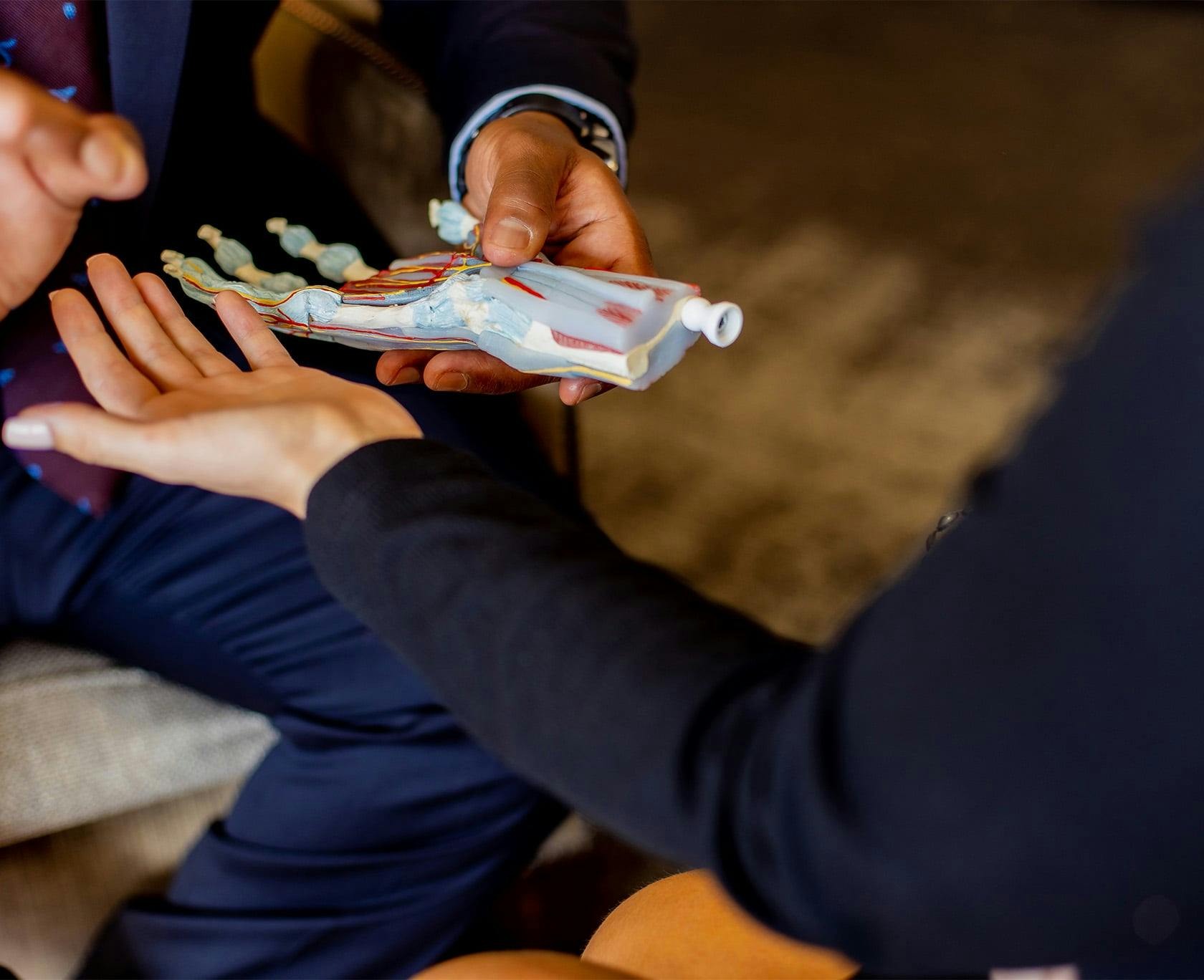Tendon transfer surgery is a procedure that can restore movement in areas affected by nerve injuries, ruptured or lacerated tendons or muscles, and certain birth defects.
What is Tendon Transfer Surgery?
Tendon transfer surgery is a complex medical procedure that allows those who have lost muscle function due to nerve injuries, ruptured or lacerated tendons or muscles, nervous system disorders, or birth defects to potentially regain movement in the affected area. In the procedure, a functional tendon is moved from its original location and attached to a new point to restore use. As a result, patients may experience an improved ability to straighten and bend the elbow and wrist, as well as improved gripping ability with their fingers and hand.









